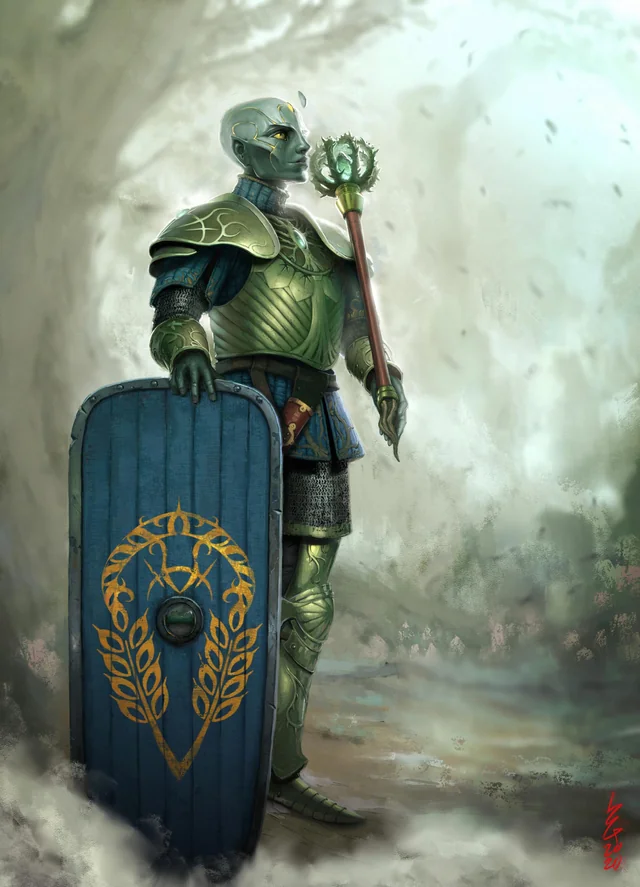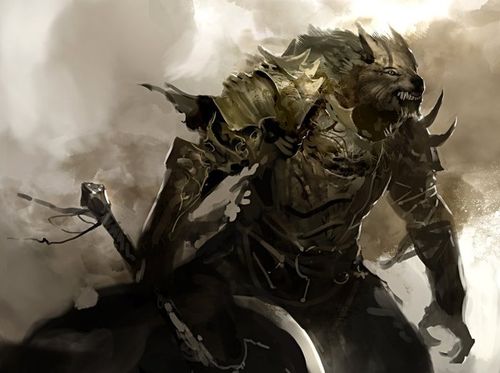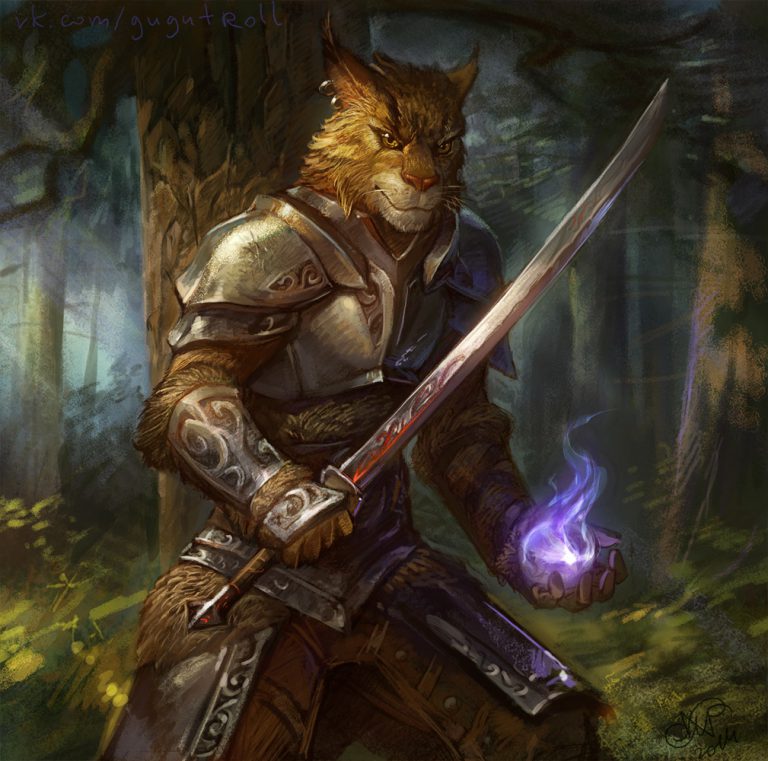D&D 5e: Nature Domain Cleric Guide

D&D 5e: Nature Domain Cleric Guide
Role in the Party
You’re a highly religious full spellcaster with nature-themed magic and abilities. However, you’re not a druid: you’re a Nature Domain Cleric! Your nature-theming isn’t as significant as a druid, since you mostly use core Cleric mechanics, but some of your abilities are nature themed.
Some aspects of the Nature Cleric are underwhelming, but there are a few decently powerful features that make it a viable option. In general, your features allow you to protect allies, deal some damage, and do battlefield control. Don’t forget your heavy armor and shield for maximum AC!
Epic
Good
Meh
Bad
Nature Domain Cleric Features
Nature Domain Spells:
1st level: Animal Friendship is extremely circumstantial, and depending on your DM, possibly almost worthless: the Charmed condition doesn’t do much on its own, and if a DM runs the spell literally, the beast can still attack your allies if it was already hostile. Still, it can be viable if a DM makes the beast friendly to your allies too. Speak With Animals is a circumstantial but useful utility, but more importantly, it just makes sense.
3rd level: Barkskin is a bad spell since it takes your concentration and a 2nd level slot and gives someone okay (not awful, but not great) AC. Do something more significant with your concentration, like the other spell, Spike Growth. Spike Growth is an extremely silly spell with a big area that deals 2d4 damage with no save whenever a creature moves or is moved 5 feet within the area: combine with forced movement options for silly amounts of damage. Also, the 20 foot radius area is difficult terrain.
5th level: Plant Growth is a spell with an obscenely large area that makes creatures spend 4 feet of movement for every foot they move in it. It’s unclear how this stacks with difficult terrain (additive or multiplicative?) and there’s a lot of discussion on the finer points of this, but regardless, it’s still a great way to lock some enemies down and keep them from getting anywhere. If you’re fighting Large enemies, you can even shape the area so there are gaps for medium creatures, letting your party move normally. And there’s no concentration, so you can cast this while concentrating on Bless or Spirit Guardians or something. Wind Wall kind of sucks, you probably don’t want to cast it. And remember, Spirit Guardians halves movement in the area, so you can just keep people from moving at all.
7th level: Dominate Beast is useful in rare situations, but you’re not fighting beasts that often at this level, and it does nothing if they pass their save. Maybe if your dungeon master throws a T-rex at you it’ll help. Grasping Vine is a terrible spell: yes, you can move someone towards the center of plant growth and make it harder for them to escape, but you could also use that slot to kill them or something.
9th level: Insect Plague is underwhelming: Spirit Guardians does more damage and is a wisdom saving throw instead of a constitution saving throw. Tree Stride is also underwhelming, just because there aren’t usually that many trees around when you’re in desperate need of teleportation, and 500 feet isn’t that big, and this only teleports you, so it won’t let your party fast travel from one town to another.
Overall, there are some bad spells in here, but there are also some absolutely stellar ones too.
Acolyte of Nature
At 1st level, you learn one cantrip of your choice from the druid spell list. This cantrip counts as a cleric cantrip for you, but it doesn’t count against the number of cleric cantrips you know. You also gain proficiency in one of the following skills of your choice: Animal Handling, Nature, or Survival.
Free skill proficiency and a druid cantrip. Thorn Whip is recommended the most often since you can pull people into your Spirit Guardians and force them to immediately save against the damage.
Bonus Proficiency
Also at 1st level, you gain proficiency with heavy armor.
Not useful if you wanted to have high dexterity, but it’s great if you have 13 or less dexterity or just want +1 AC.
Channel Divinity: Charm Animals and Plants
Starting at 2nd level, you can use your Channel Divinity to charm animals and plants.
As an action, you present your holy symbol and invoke the name of your deity. Each beast or plant creature that can see you within 30 feet of you must make a Wisdom saving throw. If the creature fails its saving throw, it is charmed by you for 1 minute or until it takes damage. While it is charmed by you, it is friendly to you and other creatures you designate.
You will trivialize an encounter with wolves or dinosaurs or similar creatures, but this will do nothing in any other fight. After level 5, you will rarely fight beasts, with the exception of the humble Tyrannosaurus Rex, so this is only useful at very low levels.
Dampen Elements
Starting at 6th level, when you or a creature within 30 feet of you takes acid, cold, fire, lightning, or thunder damage, you can use your reaction to grant resistance to the creature against that instance of the damage.
The fighter takes fire damage from a dragon and doesn’t have absorb elements, and then you use your reaction to make them take less damage, and it’s infinite use and costs you nothing. Simple and good feature, and helpful at all levels.
Divine Strike
At 8th level, you gain the ability to infuse your weapon strikes with divine energy. Once on each of your turns when you hit a creature with a weapon attack, you can cause the attack to deal an extra 1d8 cold, fire, or lightning damage (your choice) to the target. When you reach 14th level, the extra damage increases to 2d8.
Using a weapon attack as a cleric is a bad idea 99% of the time, even with an extra 1d8 or 2d8 damage. Tasha’s gives you a somewhat better optional class feature that lets you replace this with 1d8 extra radiant damage on weapons and cantrips, which should be cantrips nearly all the time for you.
Master of Nature
At 17th level, you gain the ability to command animals and plant creatures. While creatures are charmed by your Charm Animals and Plants feature, you can take a bonus action on your turn to verbally command what each of those creatures will do on its next turn.
You’re not fighting beasts or plants at 17th level anymore, so your Channel Divinity is useless, and this is also useless. You’re just not. Maybe the DM has some homebrew super creature that’s CR 30 and a plant, but it’s definitely immune to being charmed anyway

Strengths
You are unique among clerics since you get some of the best druid spells, including a cantrip, which is probably Thorn Whip. Your battlefield control potential is exceptional among clerics for this reason, and if your party has forced movement options like Repelling Blast or the level 3 Swarmkeeper feature, they will be very happy. And if you are playing in a campaign with a lot of dinosaurs or other beasts to fight, you can make a lot of use out of that channel divinity and your animal-based spells.
Weaknesses
Flying creatures can ignore Spike Growth and Plant Growth unless they’re already near the ground, so you will suffer greatly against them. You can also only protect allies against some kinds of elemental damage, so if you are against a flying enemy with psionic powers that isn’t a beast, you are a cleric without a subclass since your other features just aren’t good. Also, having both Spike Growth and Spirit Guardians is painful since you can only concentrate on one, and not both.
Best Race Options
If you want to charm the dinosaurs, you may want to become the dinosaur and pick Lizardfolk. You’ll get extra skill proficiencies and some savage nature-based features, and you also have a swimming speed and can hold your breath for 15 minutes.
You have heavy armor proficiency, and you do not have the same prohibition a druid has against wearing metal armor, so the Warforged is a stellar option. Put on plate mail and get an extra +1 AC. You’re also a robot nature-worshipper, which is funny.
Tabaxi will help you get into position to use your Thorn Whip to move enemies into the right areas, and the extra speed boost can help you get into or out of reach of enemies as needed. Two free skill proficiencies, darkvision, and a climbing speed are also very useful.
Choosing the Right Skills
Your intelligence score is probably not that high, but Nature and Religion proficiencies make sense for you. Survival might also make sense, especially since your wisdom is high, and if you have a high intelligence score for some reason and already have Nature and Religion proficiency, you might as well take Arcana and History too and go, full knowledge expert.
Wisdom is almost certainly your highest ability score, but Perception proficiency will make you go from good to great, and you will see things that are nearly impossible for other party members to see and avoid the most deadly ambushes.
Medicine is redundant with what you can already do with spells, but it makes sense to have it if you wanted to do a lot of healing. You might even get a chance to use it as a sort of knowledge skill on medical information. Animal Handling is thematic but not that useful, but you already have high wisdom so you may not need proficiency.
Your Spirit Guardians benefit a lot from creatures being in melee with you, so Acrobatics and Athletics aren’t as important as they are on other spellcasters. You don’t need to escape a grapple if the grappler is right where you want them to be. They’re still not bad skills to have though.
Fitting Feats
You’re sometimes using Thorn Whip to pull enemies closer to you, and those enemies are likely to attack you. War Caster will help you maintain concentration if you get hit, and Resilient (Constitution) is also a viable choice if your constitution score is odd.
Want an unbeatable passive perception? Want to boost an odd wisdom score? Observant will do both of these things for you. The exact usage of passive perception varies from table to table, but at some tables, having a 20+ passive perception is absolutely insane.
Telekinetic lets you move people around if they fail a strength save, so you can use your bonus action to either move someone 5 feet and take 2d4 spike growth damage, or to move someone 5 feet into your Spirit, whereupon they have to make another save against the Spirit Guardians damage. Being able to move things with your mind is just fun in general, and it boosts an odd wisdom score. You may not want to cast Spiritual Weapon as often if you have this feat, since it’s less of an upgrade if you already have a free useful bonus action
Optimal Backgrounds
Cloistered Scholar makes sense if you felt like you needed to be good at Nature and Religion, and then figured you might as well go, full nerd. You’re a librarian, the most powerful creature of all, and if your library is located in the place the campaign takes place, you always have a place you can return to if you need knowledge about a topic.
Want to get your nature-themed divine powers from the fey? The Feylost background is a good way to justify it. Grow up in the Feywild, worship some powerful archfey, and become their cleric. You will be able to navigate social situations and gain the trust of important fey if the Feywild is a big part of your campaign.
If you want to embrace the spookier side of nature and be powerful, the Witherbloom Student background will give you a few more spells on your spell list, an education at a prestigious university, and a free feat, and you can either take something thematic or succumb to your lust for more armor class and just grab the Shield spell for 25 AC with a shield and plate mail.
Multiclassing Options
Clerics are full spellcasters, and multiclassing them will hurt your new spell level and possibly spell slot progression. You don’t need armor proficiencies and there aren’t any amazing synergies, so a straight classed cleric might be the best option. Still, there are a few okay choices:
One level of Fighter can help you if you really wanted to make a melee cleric. Take the Booming Blade cantrip through a racial selection, grab a fighting style, and go nuts. But be warned, you won’t be amazing in melee.
One level of Wizard will give you the Find Familiar spell, which makes sense if you wanted to be a nerd, as well as the Shield spell. Two levels will give you a subclass, and Divination and War Wizard are both good choices. Maybe nature is giving you visions, or maybe nature is giving you some extra armor class.
Two levels of Shepherd Druid will give you a useful bonus action and the ability to communicate with beasts without using a spell slot, as well as a bunch of druid spells, including Absorb Elements.
Would I recommend playing a Nature Domain Cleric?
Although some of the features will be underwhelming, you’ll still get great value out of the other features in the vast majority of campaigns, And if you are playing Tomb of Annihilation or a similar campaign with a heavy focus on beasts and plant creatures, you will get to use your situational channel divinity, and I can recommend this greatly.
However, you might not want to play a Nature Cleric in a high level campaign, since your capstone is awful, and Plant Growth and Spike Growth are less useful against teleporting and flying enemies, which appear more often at high challenge ratings. You will still be useful even at a high level because of your base cleric spellcasting, but not as much as other clerics.








